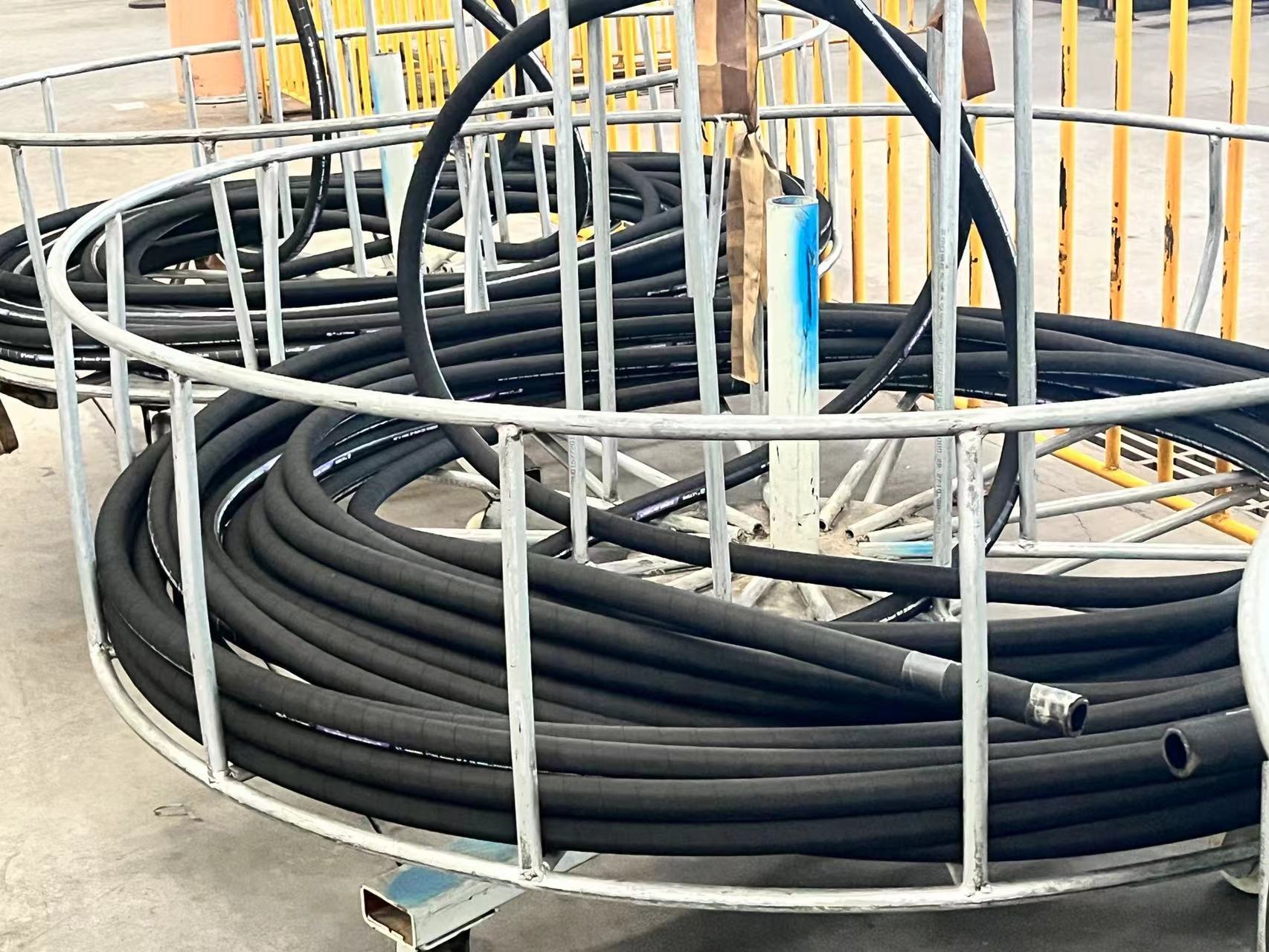Hydraulic Hose Fittings Price
2022-09-01 09:42:53
Hydraulic hose fittings should be priced carefully before you make a purchase. The market is fragmented and most manufacturers are located in Asia-Pacific. This makes it very competitive and there are many players competing to gain market share. If you are interested to buy hydraulic hose fittings, read on to find out more about the different types, how to select the best ones, and what companies offer them at the most affordable prices.
Hydraulic Hose Fittings Price
Hydraulic hose fittings come in many sizes, colors, styles, and materials. The price of these fittings will depend on a number of factors including the type of hose used, the inner tube material, working pressure, and size. Larger hydraulic hoses tend to be more expensive than smaller ones. Additionally, spiral hoses are more expensive than braided ones.
The price of hydraulic hose fittings can range from around Rs 50/meter to Rs 450/meter. These fittings are known for their durability and efficiency. You will get the best value for money by choosing the right product. If you are on a budget, look for fittings that are less expensive but still offer the same benefits.
Hydraulic hose fittings are used to connect hydraulic hoses to pipes, pumps, valves, and cylinders. They prevent leakages and maintain pressure on the hoses. They allow the designer to alter the flow of fluid, split it, or raise lines.
Hydraulic hose connector manufacturers
The Hydraulic Hose Connector market research covers both the global and regional markets. It also sheds light on the competitive landscape. It provides a detailed analysis of the market, including key market factors, challenges, opportunities, and key market drivers. The report provides market size, revenue, and segmentation by type and application. It also evaluates the impact of propellants and competitive dynamics.
There are many sizes and styles of hydraulic hose connectors. They can be available in a variety of sizes and shapes, including box or round, and in many brands. Hydraulic systems use hose connectors made of rubber, elastomer or metal. They can also be available with a variety connector ends. In general, the hose is made of rubber or elastomeric material with several layers of textile or metal reinforcements to make it durable. The hoses are flexible enough to fit into tight spaces, and are designed to withstand pressures.
Although the price of hydraulic connectors varies according to the manufacturer, it is important that they are high quality for a smooth hydraulic system. The outer layer is typically made of a durable material, such as synthetic rubber or a textile cover. This outer layer protects the reinforcing layers against external elements. For example, Jason Industrial offers Dreamshield(r) protective rubber covers for superior hose protection. These rubber covers are made of durable rubber compounds with six to eight times the abrasion resistance.
Hydraulic Hose Fittings Standard
Hydraulic hose fittings connect hydraulic hoses to various components of hydraulic systems. The fittings must be chosen carefully to prevent leakages and increase hydraulic system efficiency. Choosing the wrong fitting can also pose safety risks.
Hydraulic hoses must be able to withstand high pressure and harsh environments. Fortunately, there are many different types of hydraulic hose fittings available for various purposes. These are the ends, termination styles, orientation, and type of attachment. It's also important to consider the OEM standards for these products to ensure proper quality and fit.
There are many options for hydraulic hose fittings, including stainless steel and brass. Each fitting's material will impact its properties. Common plastic hydraulic hose fittings are resistant to corrosion, but they are weaker and less durable that metal ones. Metal hydraulic hose fittings are better suited to high-pressure applications and are more durable.